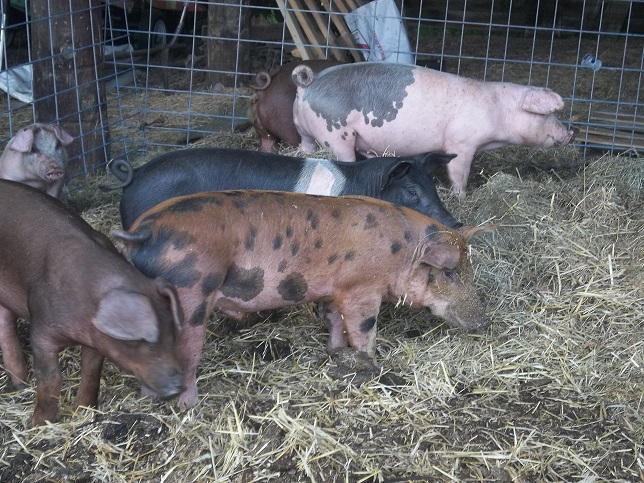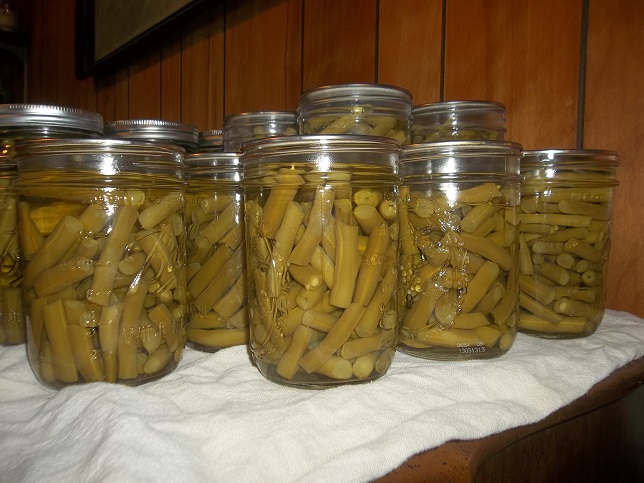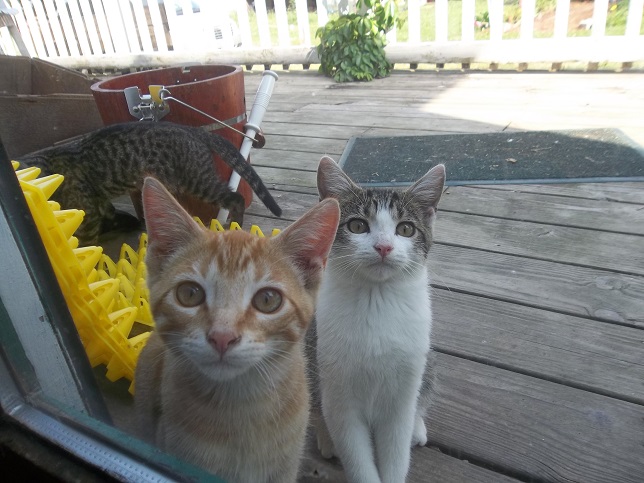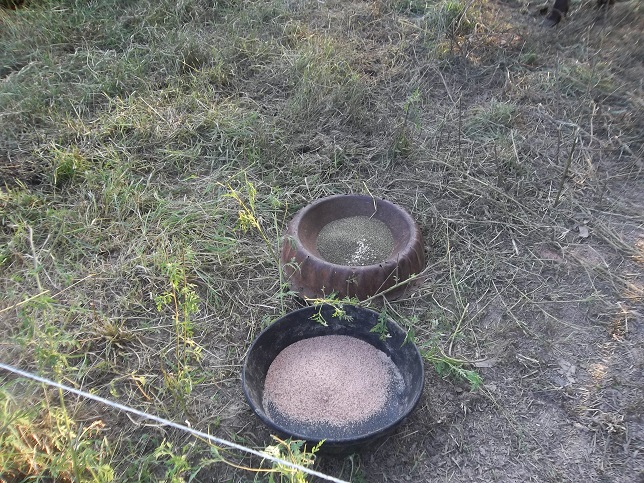Am I a hipster? OH golly! I might be…especially since I’m currently growing a beard…and generally go against the grain…and don’t care…and I have a liberal arts degree!…and read constantly…and work in tech…and raise chickens. Oh shoot! But I don’t wear tight-fitting clothes, don’t wear pretend glasses and I keep my hair short. Oh, and I don’t drink coffee for a meal. Whew!
Before I get going, please understand this is a post about eating animals and recognizing the usefulness of livestock in reshaping and healing our environment. With me? OK. Let’s go.
A friend forwarded me a link to an article about the tragedy of backyard chickens ending up in animal shelters, blaming hipsters for this trend and somehow claiming that there just isn’t enough land in the world for us all to eat meat. I have so much to say about this article I’m not even sure where to begin.
I want animal shelters to remain empty and unused. Unfortunately, biology crossed with irresponsibility (or accidents) means a lot of cats and dogs are born unwanted or have with quirks or defects that make them hard to keep. I truly and deeply sympathize with this issue and am currently working on a deal with a vet to have all of the barn cats fixed (all 18 of them) knowing it will probably cost me a small fortune, knowing those cats will never find homes, and knowing they will each, in turn, become a tasty snack for a passing owl or coyote or the victim of a brutal territorial fight with a feral tomcat (it’s a rough life on the farm). But, never fear, more unwanted kittens will be dumped on the road past my house and will find their way here. I’ll have them spayed or neutered too.
With that out of the way, I’ll start with economics (look for another post with more detail on chickenomics). A pullet costs around $2 as a chick and 5 months of feed before laying the first egg or it costs $10 as a ready to lay pullet. For simplicity, let’s avoid the brooder phase and just buy the ready to lay pullet. At this point she owes you $10. Now, she can pay that back as many as 5 different ways:
- Scratch soil and eat bugs. This is a big deal. Fewer bugs, better incorporation of nutrients, good times.
- Convert feed into manure
- Lay eggs
- Ultimately make soup and compost
- Provide companionship (optional and totally subjective. Maybe even crazy.)
Now, any old bird can scratch, snuggle, poop and be killed for soup. Snuggling (and swimming(I really hope that lady is an actress)) may be unique to an individual’s perception of a relationship toward a specific bird but egg laying requires something else. You have to have a hen, not a rooster. You have to have a young hen. As they get older hens lay fewer, but larger, eggs. Just as there are few pre-menopausal 90 year women, there are few 9 year old hens laying eggs.
That’s a very important detail. Again, any old bird will poop. But birds that lay an egg every day bring home the bacon. Pets are nice but if I’m going to stay up all night trying to catch a raccoon to protect a bird, I expect breakfast in return. Further, she eats every day and chicken feed at the local farm store was priced at $16 for 40 pounds this past weekend. Little Henny started out $10 in the hole. If she’s not laying eggs you really have to value her manure to keep her alive. The additional profit center offered by egg production makes a huge difference when that bird is trying to repay you. Now, some people keep parrots because they like having a bird around. That’s nice but what do you do with a parrot that doesn’t parrot? I don’t know but I know what you do with an egg laying bird that doesn’t lay eggs. (Hint: it has to do with carrots and noodles.)
So that takes us to the next step. Either cut her throat, pluck her feathers (harder than you would believe), and dress her out (looks nothing like a store-bought bird!) for soup (cause she’s too tough to roast) or you sell her to someone else willing to do that work. As a third option, as presented by the article linked above, you send the chicken to a chicken retirement shelter. Sigh.
Now, look. We tend to anthropomorphize our dogs and cats. I get it. I even do it myself. Reggie, our dog, is part of our family…even if he sometimes pees on the couch. I will never eat Reggie. Reggie’s entire purpose in life is to provide companionship. When we hired him, that was the job: love my kids. He does a good job of it. When he dies we’ll bury him out in the pasture with the other dogs and remember him fondly. To get love from Reggie I have to treat him well, feed him and protect him. He may provide protection himself but …well, probably not. If, in return for the care we give him, Reggie decided to attack my children the arrangement would change. We would probably change dogs.
Now, compare that to a chicken. I (and I suggest most suburban chicken owners) want eggs. To get eggs I have to provide feed, water and protection. To give eggs the bird has to be young. I may feel some level of attachment to a hen and that may make me willing to continue caring for her as she becomes older. I may feel she has a “right” to live out her life after faithfully giving me 400 eggs in 600 days. That’s fine…except I probably originally got chickens because I wanted eggs, not to gather more pets. In most towns you are limited on how many birds you can keep. And you want eggs. Besides, she has value after she finishes laying eggs. We should always put our resources to their best and highest purpose…she tastes good. So I, as a suburban chicken owner, would raise her replacement and make soup or sell her to someone else who wants soup.
That’s the deal.
As a closing remark, the article states, “there just isn’t enough land for all the meat, dairy and eggs we want to eat”. Sigh. This ties into my next point. Livestock (and pets) can, and should, be used to enhance the environment they are kept in. A chicken can quickly enhance soil fertility and plant diversity but it can also quickly overload the soil with nutrients, cause runoff and stink up the neighborhood. Same with a dog. Same with a cow. Same with a pig (and I think suburban folks would be much better off raising a pig than a chicken but that’s a conversation for another day). It’s all in how they are used. But God help the vegetarian who wants to cycle nutrients in the absence of consumable livestock. I can raise a cow per acre on sunlight and rain. I don’t need to use petroleum to rip soil, plant seeds, cultivate, spray (even organic sprays) then harvest, dry and transport. Nope. I just graze the cow until it weighs enough…or I milk it each day and sell, raise or eat its offspring. Beef raised on harvested sunlight without fossil fuel should be cheaper than chicken. It’s the kind of thing we should raise in zones 3 and 4 if you can think of the city as permaculture zone 1. Produce should be grown in the city so you can have a nice salad with your beef after we walk the cows to town for slaughter. How much land do we need to cultivate for annual crops? Once you cut out 70% of the corn crop that is grown for livestock feed and whatever is wasted on ethanol production how much land do we really need? Not a whole lot…less than 3% of the available land (the current residential lawn space). All we have to do is convert a portion of our lawn space into productive garden space, put up some high tunnels, let cows eat grass and walk the cows to town for slaughter. Then you can graze co-owned dairy cows on what remains of your urban lawn space and raise your own chickens on your kitchen scraps. Now, that’s a pretty extreme simplification but I think it’s more realistic than assuming it’s simply not possible. It’s not sustainable under the current agricultural paradigm but it’s entirely possible (and ecologically beneficial) for the world to eat meat. You might even take a page out of Will Allen‘s book and eat fish with your salad.
So, go get yourself a chicken or two and help save the world…even if you’re not a hipster.





















